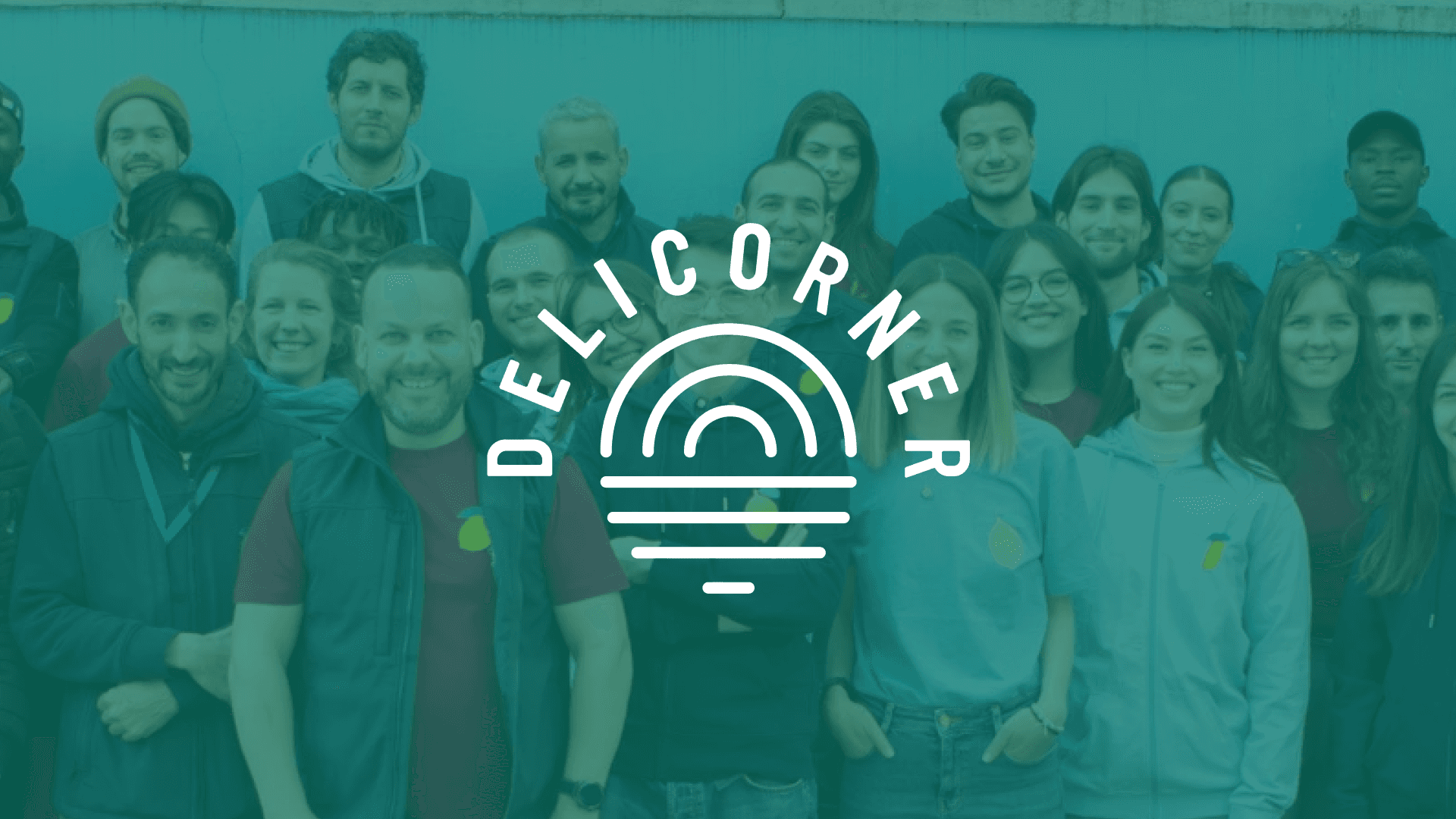What is Generative AI? (Creating Content through Artificial Intelligence)
Is Generative AI simply a fleeting trend in the ever-evolving landscape of technology, or is it a transformative force reshaping how we create and interact with content?
At Jimo, we're convinced it's the latter. Generative AI represents a leap forward in artificial intelligence, offering the ability to produce new, original content—from text to images, music, and beyond—based on learning from vast amounts of data. We'll demystify how Generative AI works, highlighting its potential to unlock creative possibilities previously unimaginable and to streamline content creation processes, making them more efficient and accessible.
Understanding the basics of Generative AI
Defining Generative AI
Generative Artificial Intelligence, or Generative AI, represents a specific branch of AI that operates on the large volumes of data available. By "learning" from these data sets, Generative AI can create new data that falls into similar characterizations. This AI-model has the power to generate photographs that look human but are not actual humans, write incredibly persuasive copy, or draft entire articles or reports.
The Science Behind Generative AI
At the core of Generative AI technology lay components named neural networks. These networks operate on a principle that mirrors the functioning of the human brain. They learn from the mistakes and successes of previous attempts, refining their approach each time. This dynamic form of learning is one of the core principles behind why Generative AI applications can have such a broad array of uses.
For instance, in music generation or image creation, Generative AI systems initially produce a vast amount of random arrangements. Subsequent iterations gradually refine these attempts based on the 'feedback' they receive. This feedback could be algorithmically defined parameters or actual human feedback.
Role of Generative AI in SaaS
Software as a Service (SaaS) leverages Generative AI to streamline its user onboarding process and create tailored user experiences. For user onboarding, this technology can create 'fake' or simulated users that interact with the software, creating vast data sets that developers can learn from to augment and streamline real user experiences.
Moreover, these AI systems can generate tailored content, such as support articles or guided tutorials, that are highly specific to the actual challenges and bottlenecks individual users are encountering. This makes the process of troubleshooting significantly more effective and efficient.
Future of Generative AI
The potential of Generative AI is virtually limitless. As the technology continues to develop, we can expect it to become increasingly integrated into our digital lives, creating services, solutions, and user experiences of a quality and personalization level that we have yet to experience.
It will be exciting to watch as Generative AI continues to evolve, with the potent combination of AI and SaaS promising a host of transformative solutions in the years to come.
Exploring the role of AI in content creation
Role of AI in Content Creation
Moving towards the crux of the matter - how does generative AI hold a significant position in content creation? Here's how:
Automated content production: With generative AI, content creation can be automated to a large extent. Whether it's generating blogs or marketing content, AI can accomplish these tasks expeditiously, freeing up time for content creators and marketers to focus on other strategic tasks.
Creating Personalized Content: Personalization is the key to successful content marketing. Generative AI, armed with user data, can create highly tailored content that speaks directly to a specific audience, enhancing user engagement and increasing conversion rates.
Improve Efficiency: AI can produce multiple content pieces in a short amount of time, thereby increasing productivity and efficiency. This is particularly useful for businesses needing a high volume of content, such as ecommerce stores or news websites.

Generative AI: The Future of Content Creation
With the rapid progress that Generative AI is making, it is set to revolutionize how we see content creation. By drastically reducing the time and effort spent on generating content, businesses can allocate more resources towards refining their strategy and focusing on bigger business goals.
However, it's worth noting that while Generative AI is powerful, it doesn't replace human creativity and ingenuity. Instead, it should be seen as a tool that enhances human output and creativity, aiding marketers to craft compelling narratives that resonate with their target audience.
Related Glossary
Automation Strategy
Business Process Automation
Business Process Standardization
Cost Optimization
Cross-Functional Collaboration
Customer Centricity
Data Silos
Data-Driven
Digital Tools
Flow in the Context of Work and Creativity
Hyper-targeted
Hyperautomation
Implement
IT Roadmap
IT Strategy
Lead Measure
Positioning
Product Features
Product Manager
Product Marketing Manager
Product Positioning
Quick Wins
Roadmap
Segmentation
Silo
Tailored Product
Tool-tip
Total Quality Management
Touchpoint
User Experience



